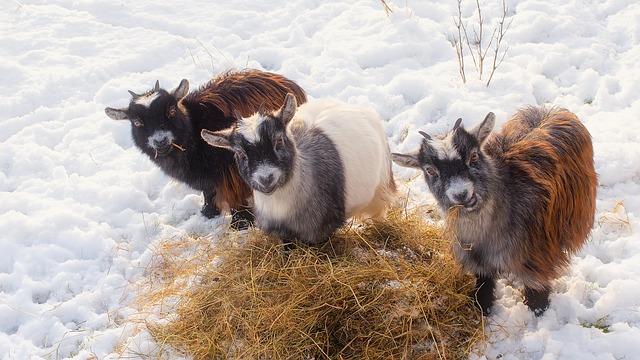

| Online: | |
| Visits: | |
| Stories: |

| Story Views | |
| Now: | |
| Last Hour: | |
| Last 24 Hours: | |
| Total: | |
10 Overlooked Ways to Keep Livestock Warm During Winter
When the mercury is dropping and the wind is blowing a gale, most people would rather be indoors than outside braving the elements. The same is often true of livestock. I am among those who prioritize keeping all of my animals as comfortable as possible throughout all seasons, and have developed a repertoire of effective ways to keep them warm during the cold of winter. Even if your motivation to keep livestock warm is centered more on avoiding a drop in production or merely basic survival, the following list is a good reference for livestock safety in winter.
1. Time grooming and treatments with intentionality. Avoid shearing and trimming coats when cold weather is approaching, of course. But beyond that, it may not be a bad idea to limit shots, hoof-trimming, and other routine procedures in winter as much as possible. Anything that causes an animal stress can detract from the energy it uses to stay warm and healthy. I am not suggesting a moratorium on livestock handling, but only to try and do the bulk of it in late fall and early spring so as to keep it to a minimum in winter.
2. Give easy access to shelter.
Source: http://www.offthegridnews.com/how-to-2/10-overlooked-ways-to-keep-livestock-warm-during-winter/





I know afarmer from Finland and one from Scotland whom both used highland cattle as main breeding stock for all around outside cattle. Both are organic farmers. Those animals form a ”ball” when it’s cold, big older animals outside and calves inside. Just provide them open water source and plenty of good quality fodder and they will look fine regardless of the temperature gap of 80 degrees celcius. From +40 to minus 40 these animals survive. Needles to say these are ”meat animals” not the ”milk animals” whom need constant attention, medical care and indoors enviroment these days…